The Complicated History Of When Slavery Actually Ended In America
Slavery was a fact of life in the United States from the very beginning. By the time the country declared its independence from Great Britain in 1776, enslaved people had already been arriving on American shores for well over a century. And when the Civil War broke out in 1861, enslaved people numbered nearly four million in the U.S. So, when was this horrific institution finally abolished — and when did slavery end?
Though narratives of the Civil War often suggest that slavery ended with a stroke of Abraham Lincoln’s pen, the truth was actually more complex. Multiple events, including the Emancipation Proclamation, the end of the Civil War, and the passage of the 13th Amendment, led to slavery’s demise
And even then, life for Black Americans remained perilous. The failures of Reconstruction and the rise of the Jim Crow Era created an unequal and often violent society in which race continued to play a pivotal role.
A Brief History Of American Slavery
By the time the Civil War began in 1861, slavery had already existed in the U.S. for hundreds of years. It’s commonly cited that the first enslaved people arrived on American shores in 1619, when the English privateer White Lion brought “20 and odd” enslaved Africans to Jamestown, Virginia.
But according to History, it’s likely that the first captive Africans came to the land that would become the future United States as early as 1526. And years later, as the colonies took shape, the institution rapidly spread.
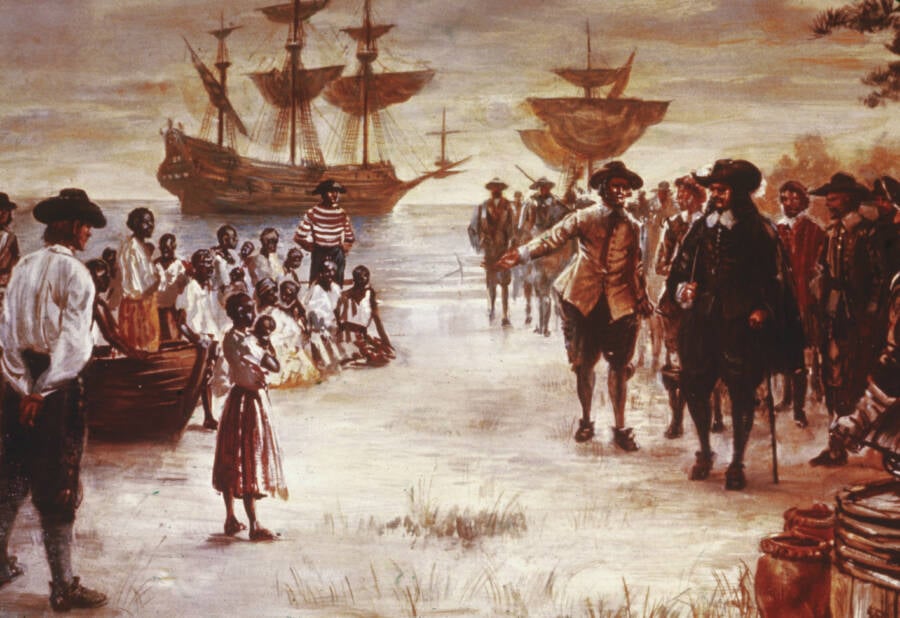
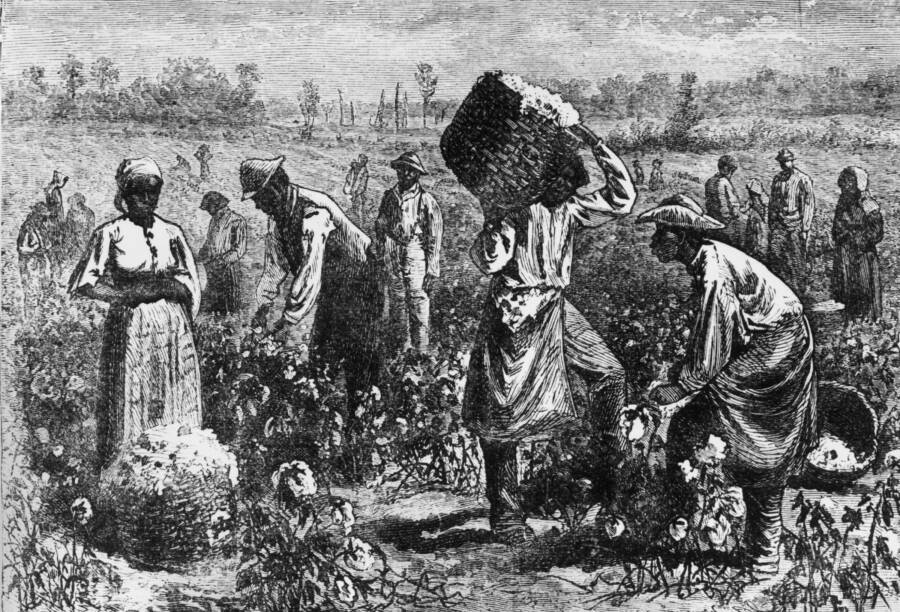
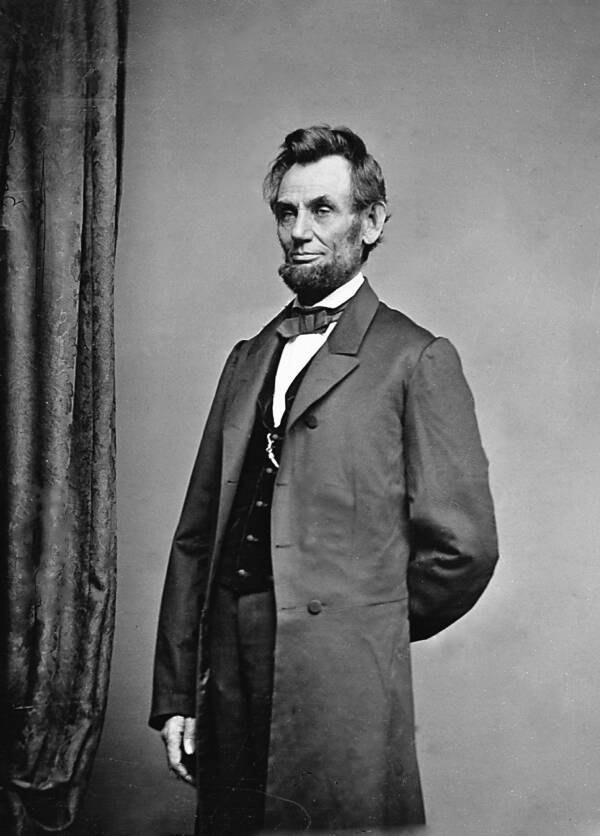
Matthew Brady/Buyenlarge/Getty ImagesAbraham Lincoln is often praised as the man who “freed the slaves,” but the full story isn’t quite that simple.
Lincoln believed that slavery was “morally and politically” wrong, but he also believed that it was protected by the Constitution. During the Civil War, however, he came to believe that freeing slaves would be necessary. As PBS notes, the South relied on free, Black labor, while the North refused to accept the services of free Black people and former slaves.
In July 1862, Lincoln showed a draft of the Emancipation Proclamation to his cabinet. But since the Secretary of State, William H. Seward, suggested Lincoln wait for a major Union victory before releasing the document, the president refrained from announcing his plan until September 1862, following the significant Union victory at the Battle of Antietam.
On September 22, 1862, Lincoln issued his preliminary Emancipation Proclamation. It declared that slaves who were held within rebellious states would be freed on January 1, 1863. On that day, the Emancipation Proclamation went into effect, declaring that “all persons held as slaves” within the rebellious areas “shall be then, thenceforward, and forever free.”But it didn’t exactly end slavery.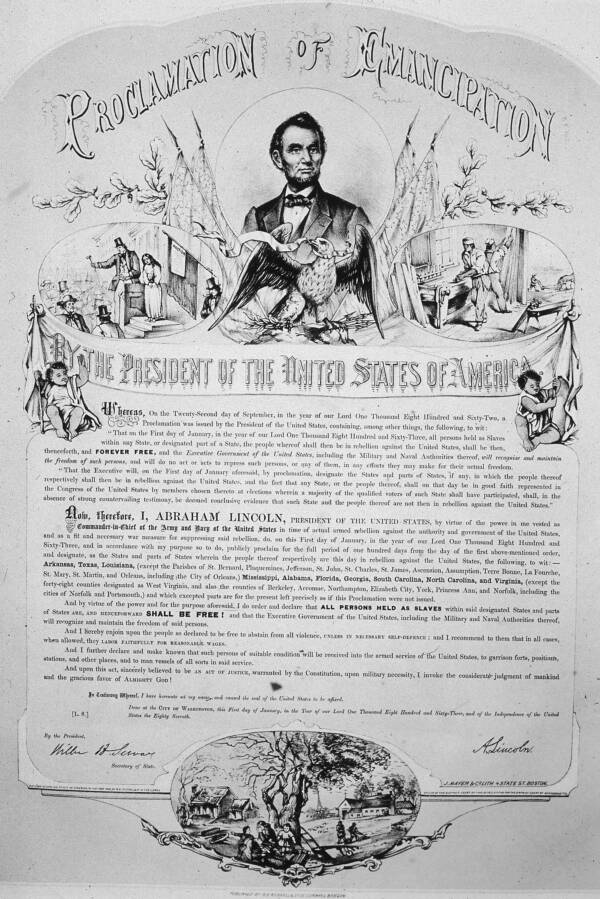
In fact, the Emancipation Proclamation only applied to slaves within the rebellious Confederate states. It did not apply to slave-holding border states — like Maryland, Kentucky, and Missouri — that had not seceded from the Union. So when it comes to the question of “when did slavery end,” the Emancipation Proclamation is truly only a partial answer.
ver the next two years, a number of other events occurred that contributed to the end of slavery in the U.S. In April 1865, Confederate General Robert E. Lee surrendered to Union General Ulysses S. Grant, ushering in the end of the Civil War. That June, in what is sometimes seen as the “official” end of slavery, Union General Gordon Granger issued General Order No. 3 in Texas, where the Emancipation Proclamation had been very difficult to enforce.
Granger’s order announced that all slaves were freed, and the day that he issued it, June 19th, is now celebrated with the federal holiday of Juneteenth.
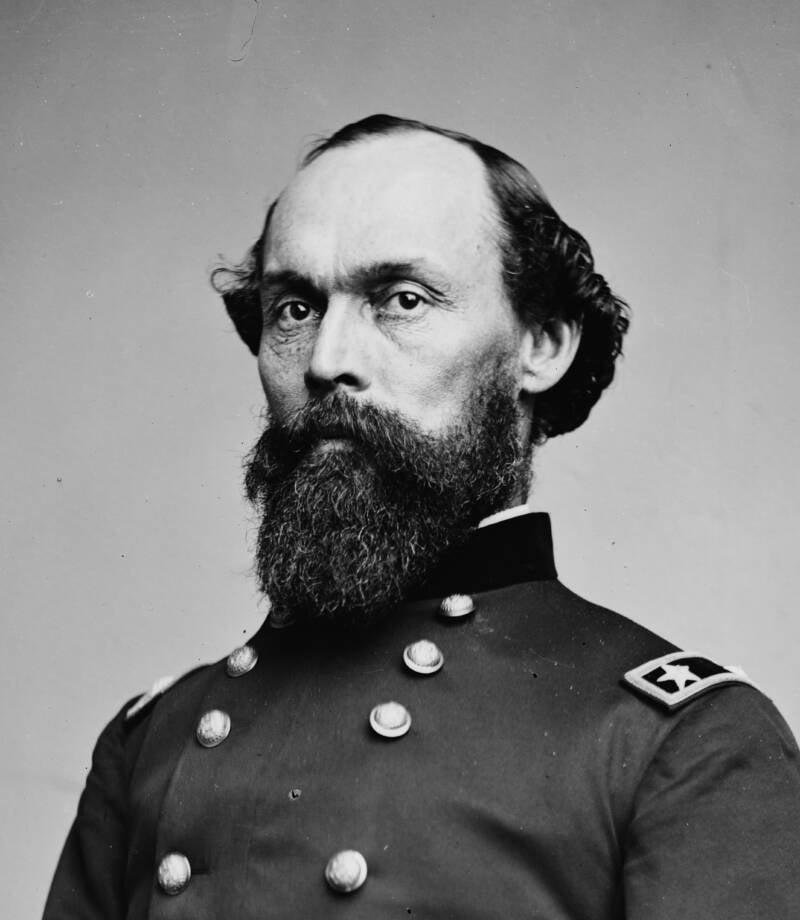
Library of Congress/Interim Archives/Getty ImagesUnion General Gordon Granger, whose General Order No. 3 declared that all slaves were freed in Texas in June 1865.
Still, the true end of American slavery arguably didn’t come until several months later. On December 6, 1865, the 13th Amendment was ratified by 27 of the 36 states. It formally abolished the institution of slavery in the country, declaring: “Neither slavery nor involuntary servitude, except as a punishment for crime whereof the party shall have been duly convicted, shall exist within the United States, or any place subject to their jurisdiction.”
But chillingly, there have been multiple examples of Black Americans being enslaved long after the 13th Amendment. According to Live Science, a number of Black people in Southern states were entrapped in peonage slavery — enforced through contracts and debts — until as recently as 1963.
So, when did slavery really end in the United States? It was a long, drawn-out process, marked by historic events like the Emancipation Proclamation, the end of the Civil War, Juneteenth, and the ratification of the 13th Amendment. But though these events ultimately abolished the institution of slavery, they couldn’t erase its influence on American society.The Shadow Cast By Slave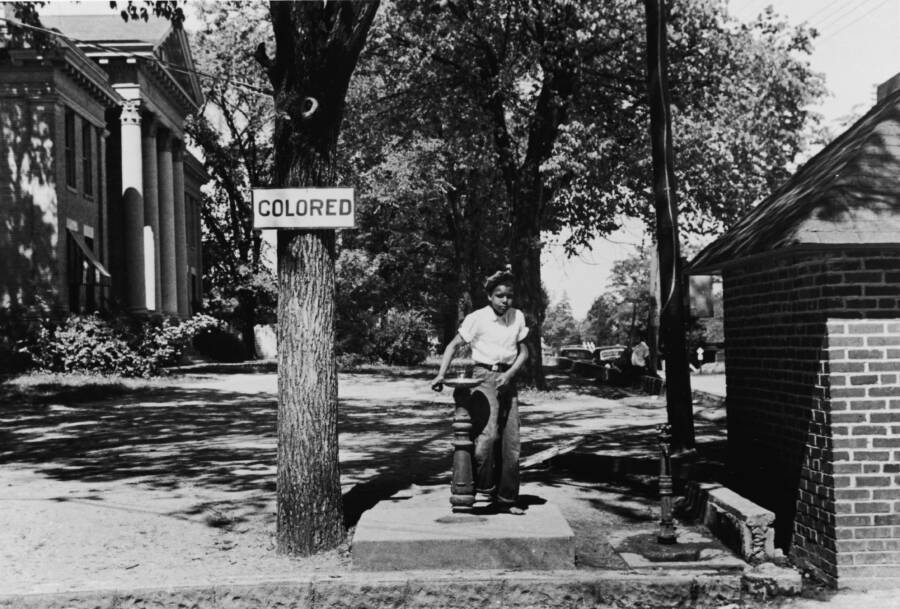
Following the ratification of the 13th Amendment, Frederick Douglass stated: “Verily, the work does not end with the abolition of slavery, but only begins.” Indeed, the next century would be one of struggle for Black Americans.
the 14th Amendment officially gave freed slaves citizenship and the 15th Amendment officially gave Black men the right to vote, many Black Americans were summarily denied their rights in the U.S. White supremacist groups like the Ku Klux Klan emerged, and Southern states passed “
Black codes” to regulate Black Americans’ lives and limit their freedoms.And even the 13th Amendment, which abolished slavery, included an “exception clause” that permitted slavery “as a punishment for crime.” This meant that states could put prisoners to work on plantations and other places for no pay, and many prisons took advantage of that clause.Over the next 100 years, despite the end of slavery, many Black Americans were treated like second-class citizens. The civil rights movement of the 1960s emerged to counteract that — with significant success — but inequalities still persist to this day. Douglass was right. The “work” began over 150 years ago with the end of slavery, and it continues to this day.After reading about the end of slavery in the U.S., see why the end of the Civil War can be difficult to determine. Or, look through these colorized Civil War photos that bring America’s most devastating war to life.
No comments: